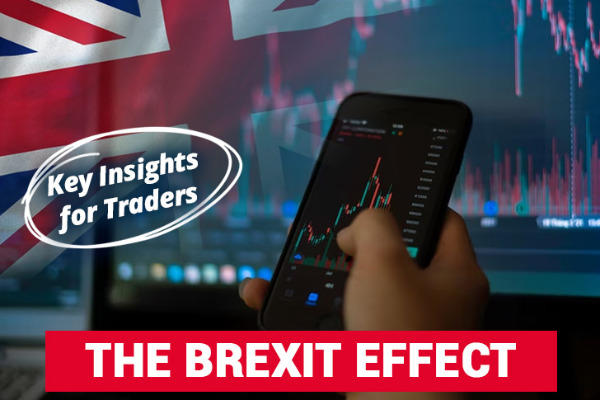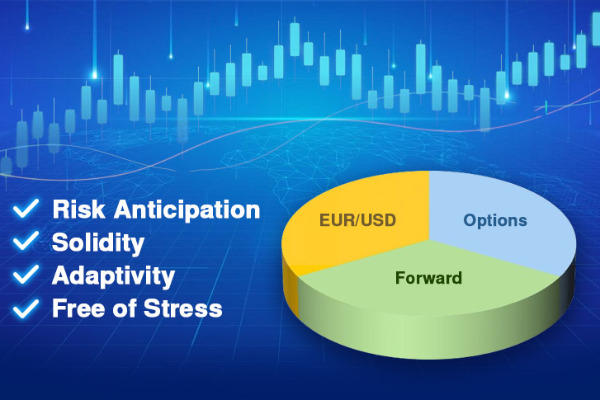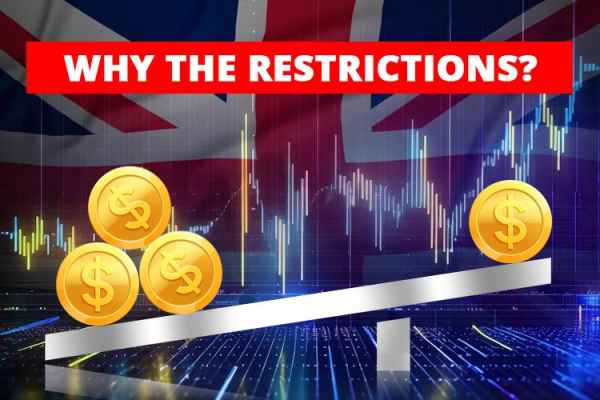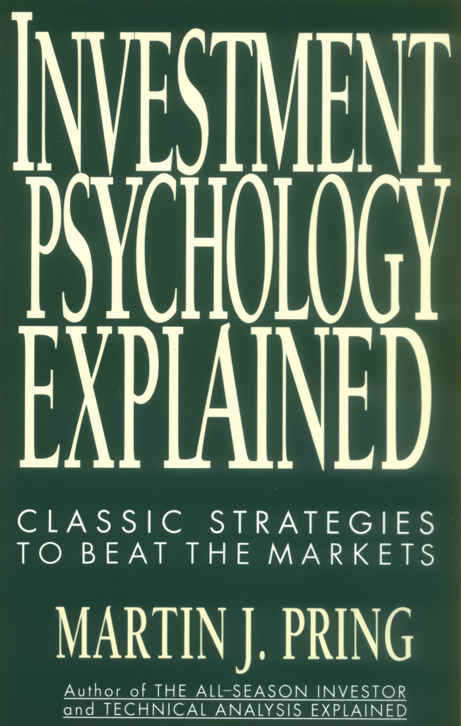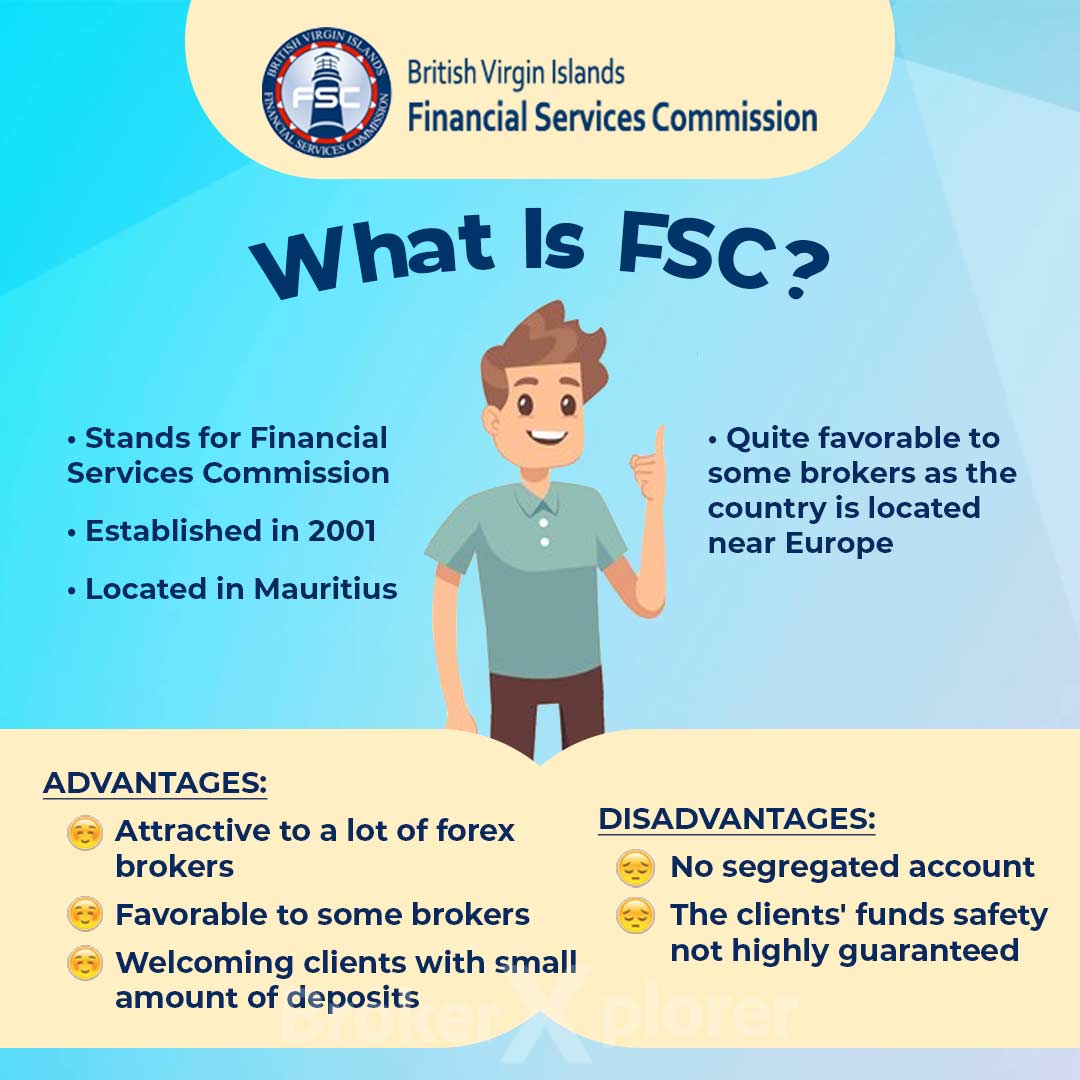High-frequency trading allows traders to open and close positions in a very short time, but it's actually much more than that. That's why it's a controversial strategy.
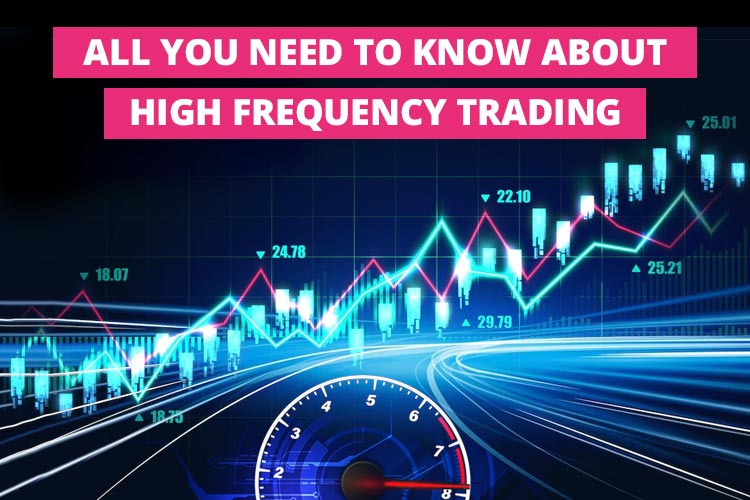
High-frequency trading (HFT) is an algorithmic trading strategy that uses powerful computers and advanced algorithms to execute many trades at extremely high speeds. HFT involves buying and selling financial instruments, such as stocks, options, and currencies in a fraction of a second or even milliseconds.
High-frequency trading has been debated and scrutinized due to concerns about its impact on market stability and fairness. Some argue that it improves market liquidity and efficiency, while critics point to instances of market manipulation and the potential for HFT to exacerbate market volatility, particularly during flash crashes.
One notable example is SEC's case against a high-frequency trading firm, Athena Capital Research back in 2014. The firm manipulated the closing prices of NASDAQ-listed stocks by rapidly trading many stocks in the last two seconds of each trading day in six months. This particular action overwhelmed the market, pushing stock prices and closing prices in their favor. They were aware of their impact and referred to it as "owning the game" in internal emails.
But besides its controversy, high-frequency trading also has various advantages. What else should you know about high-frequency trading?
Contents
High-Frequency Trading Explained
High-frequency trading is more than just rapid executions and large numbers of orders. Here are 3 key aspects to help you easily understand the concept of high-frequency trading.
Who Uses High-Frequency Trading?
Commonly known as high-frequency traders, HFT users are usually institutional traders or companies who use computer programs and technology to do a lot of trades very quickly, sometimes in just tiny fractions of a second. Here is how a high-frequency trader differs from a regular trader.
| Aspects | High-Frequency Traders | Regular Traders |
| ⚡Speed | Open and close positions in a matter of seconds | It might take minutes to hours or even longer |
| 💼Regulation | Subject to specific regulations and scrutiny due to its potential impact on market stability and fairness | Subject to standard trading regulations |
| 🌐Technology | Invest heavily in cutting-edge technology, co-locate their servers near exchange data centers to reduce latency, and use high-speed data feeds. | It may not require advanced technological infrastructure |
| 💰Profits | From the bid-ask spread | From the price movement |
Is It Possible to Perform High-Frequency Trading on Any Trading Platform?
No, it is not. High-frequency trading (HFT) requires special platforms because extremely low-latency and high-speed access to financial markets is needed. These special trading platforms are designed to accommodate the unique demands and challenges of HFT strategies. Here's what a high-frequency trader needs in a platform:
- Ultra Low Latency: To execute trades in milliseconds or even microseconds. They can't afford any that might cause slippage.
- Direct Market Access (DMA): To provide DMA capabilities that allow HFT users to interact with the market with minimal latency.
- Advanced Order Types and Customization: To support complex HFT strategies often implemented.
- Regulatory Compliance: To avoid regulatory misconduct that may lead to inquiry and investigation from the authority.
What Strategies Can Be Used in High-Frequency Trading?
Using high-frequency trading can be more effective if you use good strategies. There are several popular options for high-frequency trading strategies, such as:
- Market Making: This strategy requires rapid order placement and cancellation to manage risk effectively. In this strategy, traders aim to profit from the bid-ask spread, which is the difference between the buy and sell prices.
- Mean Reversion: Mean reversion strategies look for overbought or oversold conditions and anticipate the price to revert to their average or mean levels. HFT algorithms can quickly identify and trade on these opportunities.
- Arbitrage: Involves exploiting price differences of the same or similar assets in different markets. For example, a high-frequency trader might buy an asset on an undervalued exchange and sell it on another exchange where it's overvalued.
- Statistical Arbitrage: Statistical arbitrage involves trading based on statistical models and historical asset correlations. It identifies mispriced assets or temporary price divergences and aims to profit when prices return to their expected correlations.
- Latency Arbitrage: Focuses on minimizing latency in data and order execution. This includes optimizing network connections, hardware, and software to reduce the time needed to respond to market events.
High-Frequency Trading: The Pros
Using High-Frequency Trading is like having a quick robot trader that works for you, making lightning-fast decisions in the market. In addition to that, there are plenty of benefits from using HFT.
1. Speed Advantage
HFT operates at incredibly high speeds, enabling traders to execute orders within microseconds or nanoseconds. This rapid execution speed gives HFT traders a significant advantage in reacting to market changes faster than retail traders who rely on manual or slower automated trading methods. That means it is possible to gain more profits in a short period.
2. Liquidity Provision
HFT firms are always active in the market. They are engaged in various trades in a very short period; literally in millionths or billionths of a second, making them market makers. Being market makers is a big deal because it helps keep the financial market running smoothly.
HFT firms always ensure there are enough buyers and sellers in the market. This makes it easy for everyone else, like regular traders, to buy and sell what they need without any trouble.
3. Arbitrage Opportunities
The algorithms used by HFT are designed to monitor multiple markets and asset classes in real-time, searching for even the slightest price discrepancies. Once an arbitrage opportunity is identified, HFT algorithms can swiftly execute buy and sell orders to exploit the price difference. Arbitrage opportunities in HFT are often considered risk-free or nearly risk-free because they involve simultaneous buying and selling, effectively neutralizing market risks.
4. Reduced Trading Costs
The high trading volumes associated with HFT can lead to lower transaction costs due to economies of scale. This means that the more trades they execute, the lower their average transaction costs per trade. This is because many of the costs associated with trading, such as exchange fees and execution costs, are typically fixed or decrease proportionally with higher trading volumes.
Retail traders can also reap the rewards from this situation. As HFT bolsters overall market liquidity and tightens bid-ask spreads, they can execute their transactions more efficiently and affordably.
5. Profit Potential
HFT has the potential to generate significant profits due to its ability to exploit small price differentials repeatedly throughout the trading day. HFT firms may operate on thin profit margins for retail traders, often capturing only a fraction of a cent or a small percentage of price movement. However, the sheer volume of these trades accumulates substantial earnings over time. Even with narrow spreads, the high frequency of trades can generate significant income.
High-Frequency Trading: The Cons
Just like any other trading strategy, HFT also has some downsides. Due to the strategy's massive transaction speed and volume, it doesn't only affect the traders but also the market as a whole.
1. Market Instability
HFT is all about super-fast trading. Computers and algorithms make quick decisions and carry out large trades in the blink of an eye, reacting to even the tiniest price changes. While speed can be an advantage, it can also lead to problems. HFT firms trade so rapidly that they can cause sudden and significant price swings in the market. For retail traders, this kind of market volatility can be worrisome. It can complicate their analysis and lead to unpredictable losses.
2. Unequal Access
HFT firms invest heavily in cutting-edge technology infrastructure. Unfortunately, it may lead to unequal access to technology and resources that create an uneven playing field in the financial markets. HFT firms can front-run orders from less technologically equipped traders, potentially gaining an advantage by executing trades before other market participants.
3. Flash Crashes
HFT firms often provide liquidity to the market by frequently buying and selling assets. However, during periods of extreme market stress, such as a sudden sell-off, high-frequency traders may reduce their participation or withdraw from the market entirely. This reduction in liquidity can lead to larger price swings and increased market volatility. As such, HFT can contribute to market volatility and exacerbate extreme price movements.
Regulators and exchanges have implemented safeguards, such as circuit breakers, to pause or halt trading temporarily during extreme market events. These measures are designed to help stabilize the market and prevent excessive volatility from HFT users.
4. Lack of Transparency
HFT strategies are often closely guarded. The algorithms are not disclosed to the public or regulatory authorities, making it challenging for the regulator to monitor and understand HFT operations fully. This lack of transparency can raise concerns about market fairness and integrity.
5. Risk of Algorithm Errors
HFT relies heavily on complex algorithms designed to make rapid trading decisions. However, these algorithms are not infallible, and errors or glitches can occur. When errors happen, they can result in significant financial losses for HFT firms.
The Controversies of High-Frequency Trading
Due to various concerns and criticisms, high-frequency trading (HFT) has been controversial and debated in financial markets. While some argue that HFT contributes to market efficiency and liquidity, others express concerns about its impact on market stability, fairness, and the potential for market manipulation. In short, HFT can affect both markets and traders.
Case #1: How HFT Hurts the Markets
Critics of high-frequency trading point to a strange event on May 6, 2010. The major stock market numbers dropped by 5-6% in just minutes and then quickly bounced back. Some individual company stocks were sold for way less than their actual value, like a penny or $100,000, which was not supposed to happen.
The Securities and Exchange Commission (SEC) found that a big trade in a specific futures contract set off a chain reaction among high-frequency traders. One computer program's fast selling led to another, like a financial domino effect.
After this event, the SEC made new rules called circuit breakers. These rules say that trading has to pause for a bit if a stock moves up or down by 10% or more in five minutes.
A similar case also happened in 2018 when market panic caused the stock markets to plummet and the US dollar skyrocketed. According to the reports, Wall Street's high-frequency trading robots are being blamed for the incident. These algorithmic trading devices all focused on the same trading positions, leading to a selling frenzy that occurred almost beyond human control.
Case #2: How HFT Harms Traders
In 2014, a publication reported how some former economists from the Commodity Futures Trading Commission (CFTC) studied high-frequency trading companies for two years. They found that most of the money made by these companies went to just a few of them because the market works in a way where the winners take the most.
They looked at a type of contract linked to the S&P 500 and saw that high-frequency traders made about $1.92 on average for every contract they traded with big investment companies. But when they traded with retail traders, they made about $3.49 on average for each contract. The study concluded that these extra profits came from other traders, and this might make some traders stop using the futures market.
Conclusion
While High-frequency trading (HFT) has generated significant debate and controversy, some might argue that it offers several potential benefits to financial markets. That being said, it might be challenging for retail traders to navigate HFT. To mitigate the risk, retail traders could stay updated on market news and events that could impact their trades. HFT can react to news within milliseconds, so being informed is crucial.
In addition, diversification can help spread risk across different assets and reduce the impact of HFT on any single trade. Be mindful of the costs associated with trading, including spreads and commissions.
While both involved opening and closing positions in a very short time, HFT is different from Scalping. So, what is Scalping and what are the best ways to do it?

 Dedicated FREE FOREX VPS
Dedicated FREE FOREX VPS Free FOREX Virtual Private Server
Free FOREX Virtual Private Server MT4 Demo Contest, Get $500
MT4 Demo Contest, Get $500 Sign Up for an Account, Claim 60% Deposit Bonus
Sign Up for an Account, Claim 60% Deposit Bonus Free MT4/MT5 VPS 2024
Free MT4/MT5 VPS 2024 Send E-mail and Get Free Merchandise
Send E-mail and Get Free Merchandise $1K Refer a Friend Bonus for Pepperstone Pro clients
$1K Refer a Friend Bonus for Pepperstone Pro clients Maximize Your Earnings with 100% Deposit bonus
Maximize Your Earnings with 100% Deposit bonus Trade to Win, $5,000 Monthly Demo Contest
Trade to Win, $5,000 Monthly Demo Contest Claim 30% + 15% Deposit Bonus from LiteFinance
Claim 30% + 15% Deposit Bonus from LiteFinance



